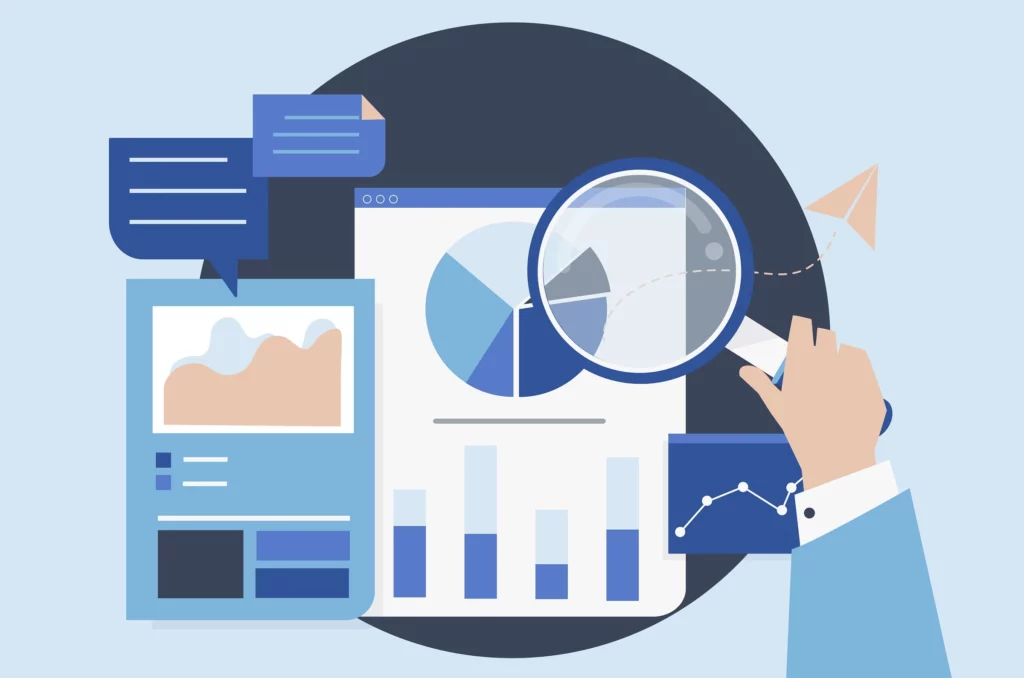The Hidden Architecture of Startup Trust
In early stage startups, trust is often treated as something informal. Founders assume it will naturally emerge as long as…

JANUS Innovation Hub is a startup incubator based in San Diego,supporting a global community of first-generation, immigrant,and underrepresented founders, helping them build scalable,investor-ready startups.


Join a trusted network of angel investors supporting immigrant-led startups shaping the future through innovation and meaningful impact. At Janus Innovation Hub, we empower diverse founders by providing them with the resources, mentorship, and connections needed to succeed in today’s competitive landscape.
In early stage startups, trust is often treated as something informal. Founders assume it will naturally emerge as long as…
Startups today are surrounded by more information than ever. There are newsletters that summarize every trend under the sun, influencers…
Growth is usually described as a straight line. Move fast. Scale boldly. Never lose momentum. For founders under pressure to…

Market research isn’t just a box to check, it’s the foundation of every successful business. Without it, you’re making decisions based on assumptions, not facts. Whether you’re launching a new product, refining your marketing strategy, or trying to understand customer needs, here’s how to conduct market research properly and use the insights to your advantage.
Before you start gathering data, be clear on what you want to know. Some key questions to answer:
Pro tip: Avoid vague goals like “I want to learn more about my customers.” Instead, make them specific and measurable, e.g., “I want to identify the top 3 frustrations my target customers have when choosing a business like mine.”
Once you know your goals, you need to clearly define your audience. Start with:
This is where you directly engage with potential customers to uncover real, unfiltered insights.
Instead of just asking people what they think, put a basic version of your idea in front of them and observe behavior:
Once you have primary data, validate it with external sources to get a broader view.
You don’t need to reinvent the wheel—see what’s working (or failing) for your competitors and use it to your advantage.
Data means nothing if you don’t turn it into action.
❌ Don’t rely only on online data – Talk to real customers!
❌ Don’t make assumptions – Just because you think something is true doesn’t mean the market agrees
❌ Don’t skip competitor research – They’ve already done part of the work for you
❌ Don’t collect data just to collect it – Use it to make real decisions
By following these steps, you’ll turn market research into real business intelligence that helps you launch smarter, market better, and avoid costly mistakes.
By Jim Collins and William C. Lazier What does it take to transform a business from good to great—and then to something truly enduring? Beyond Entrepreneurship 2.0 by Jim Collins and William C. Lazier offers a masterclass in leadership, strategy, and organizational growth, making it an essential read for entrepreneurs and business leaders at every […]